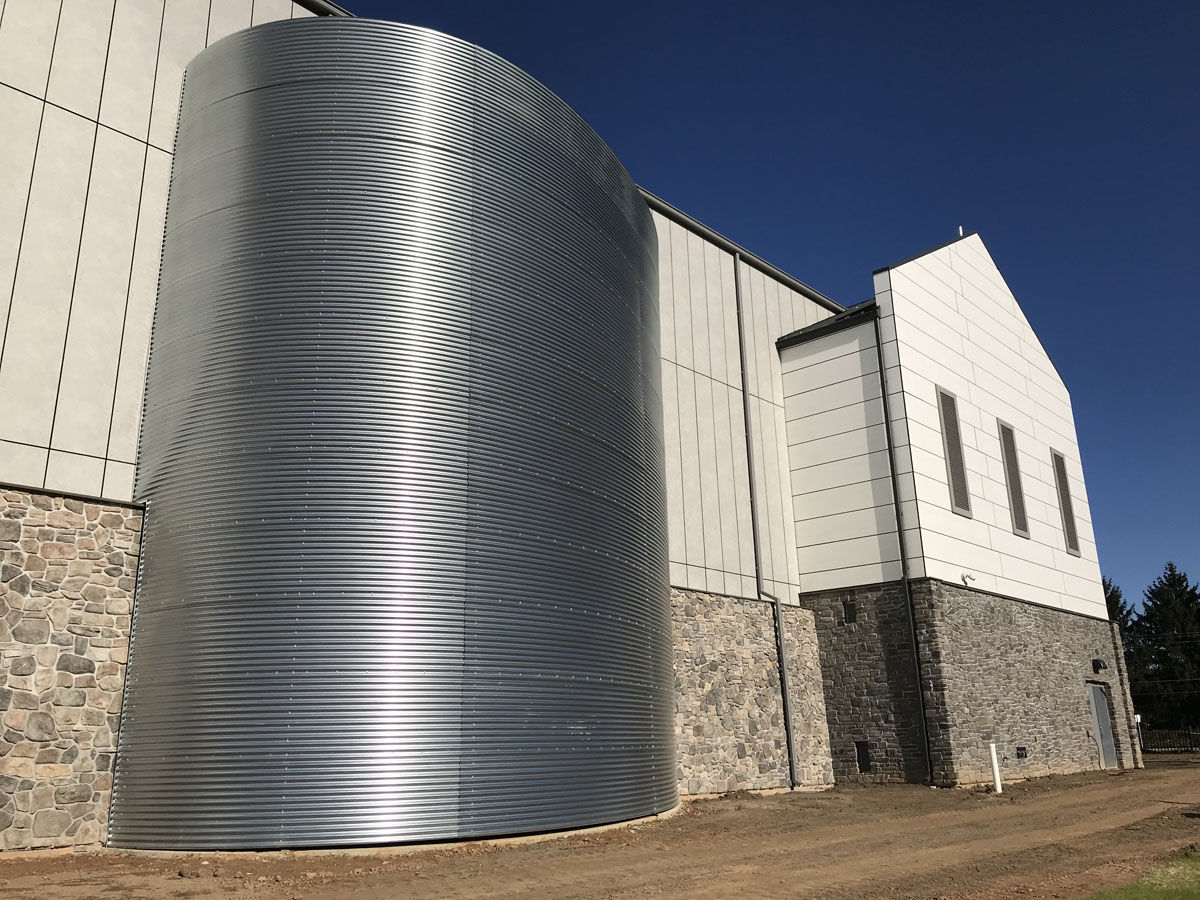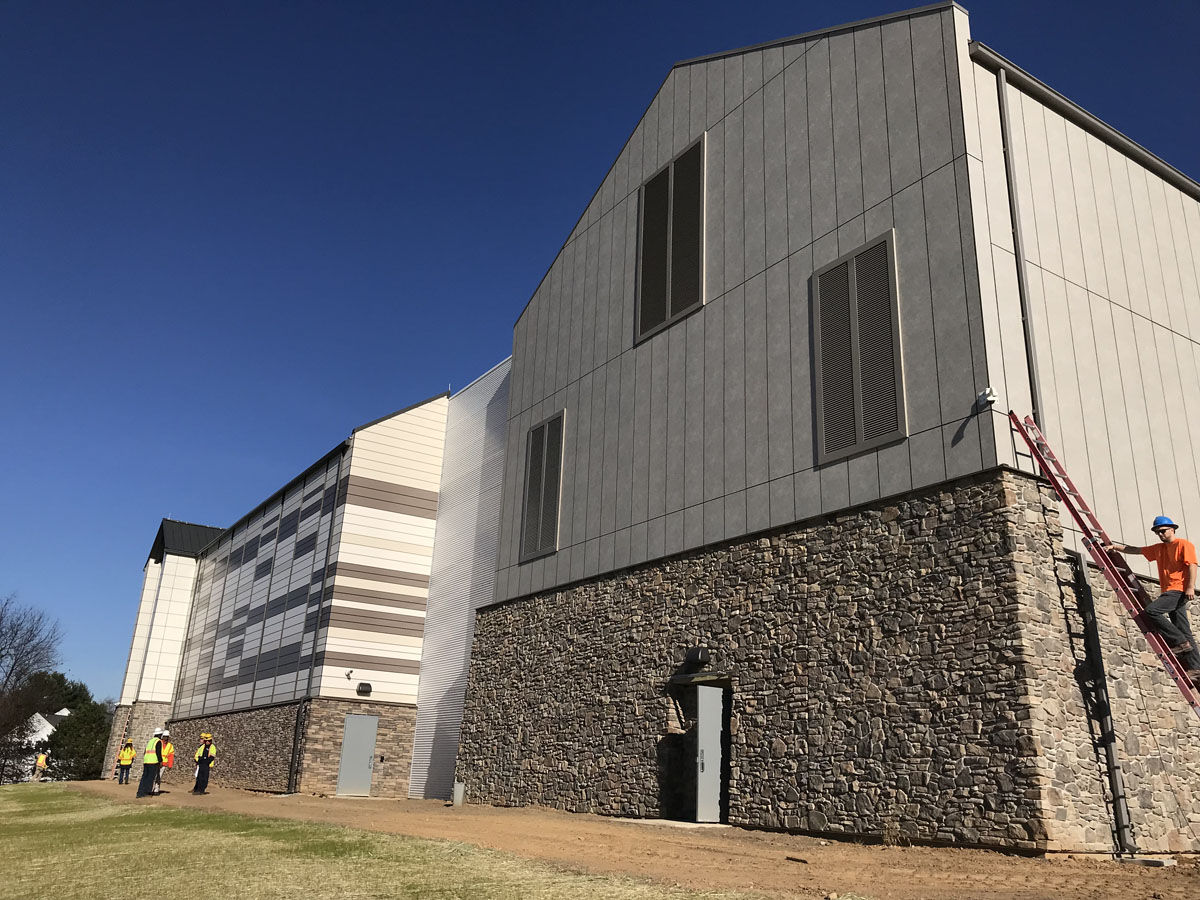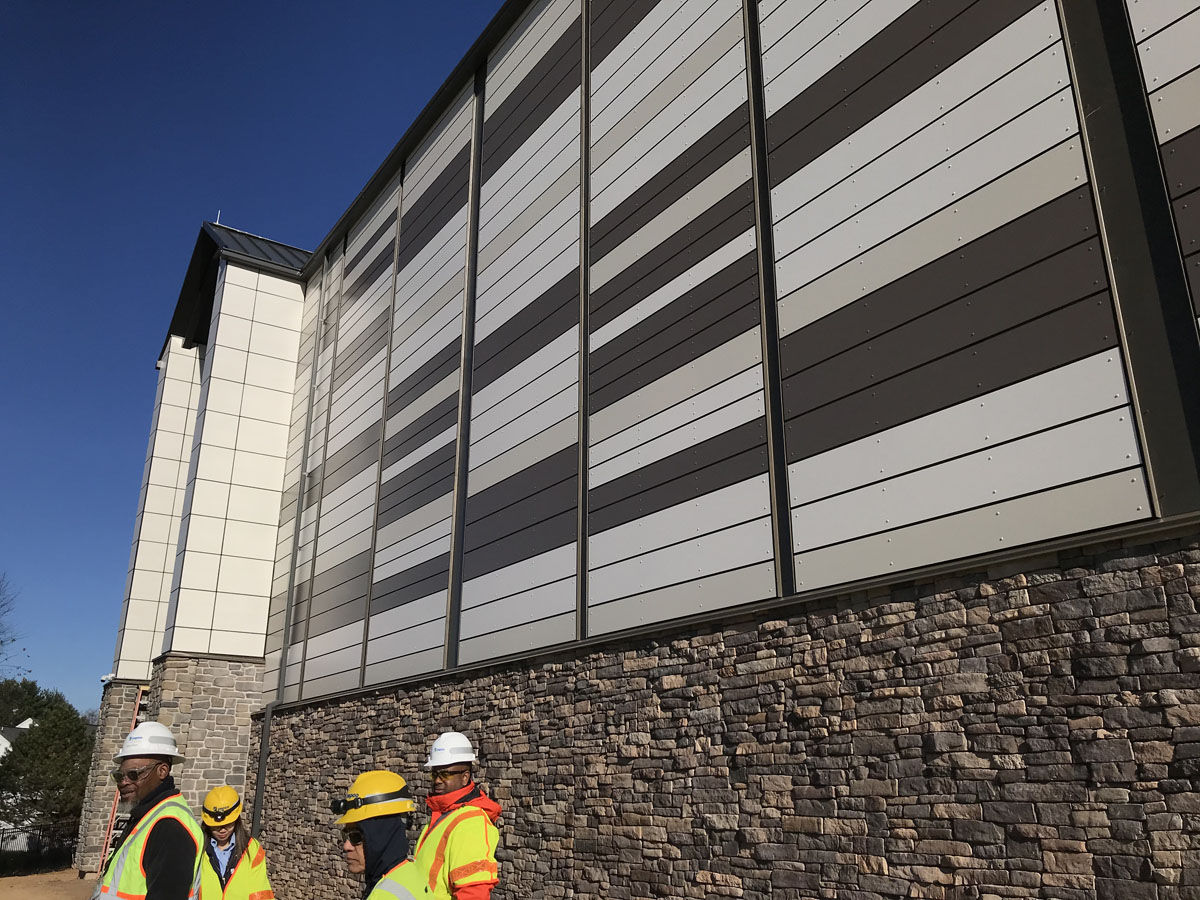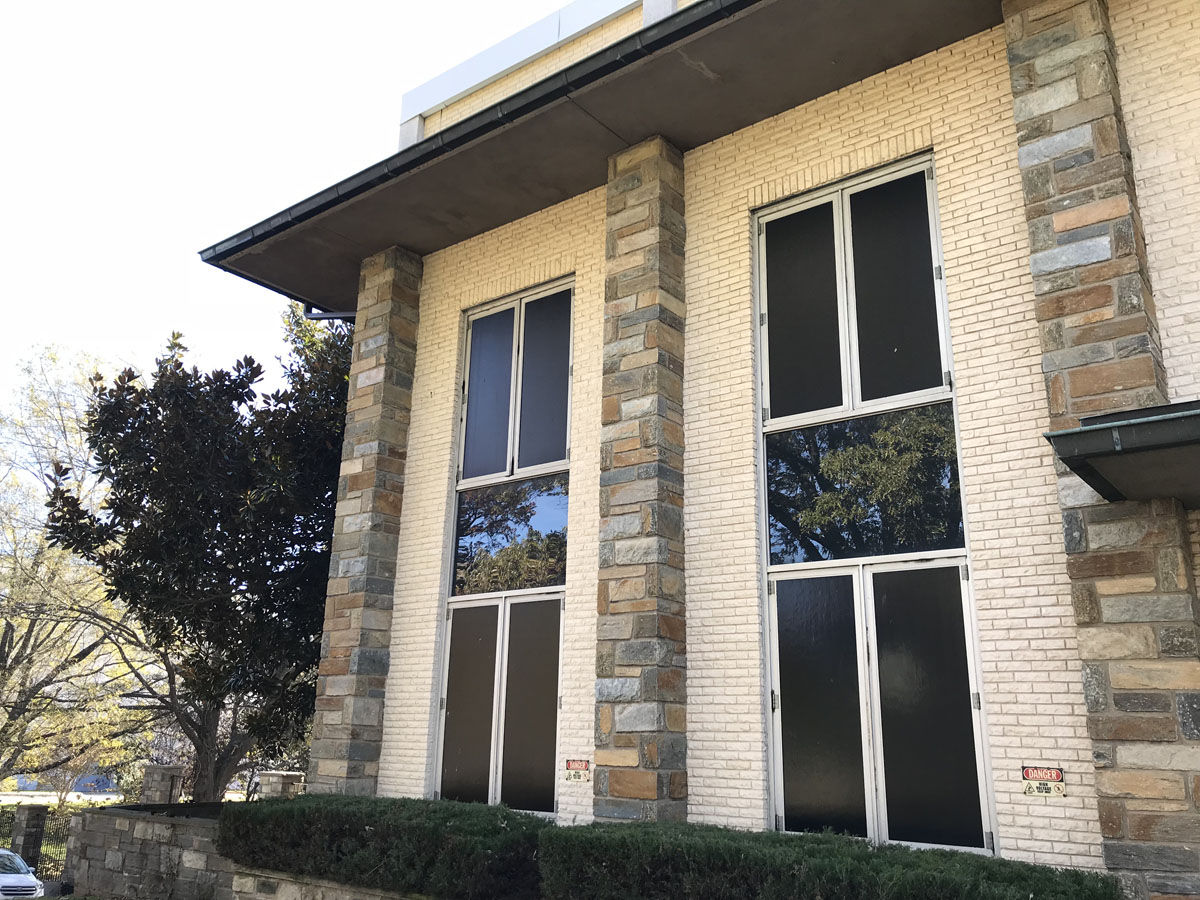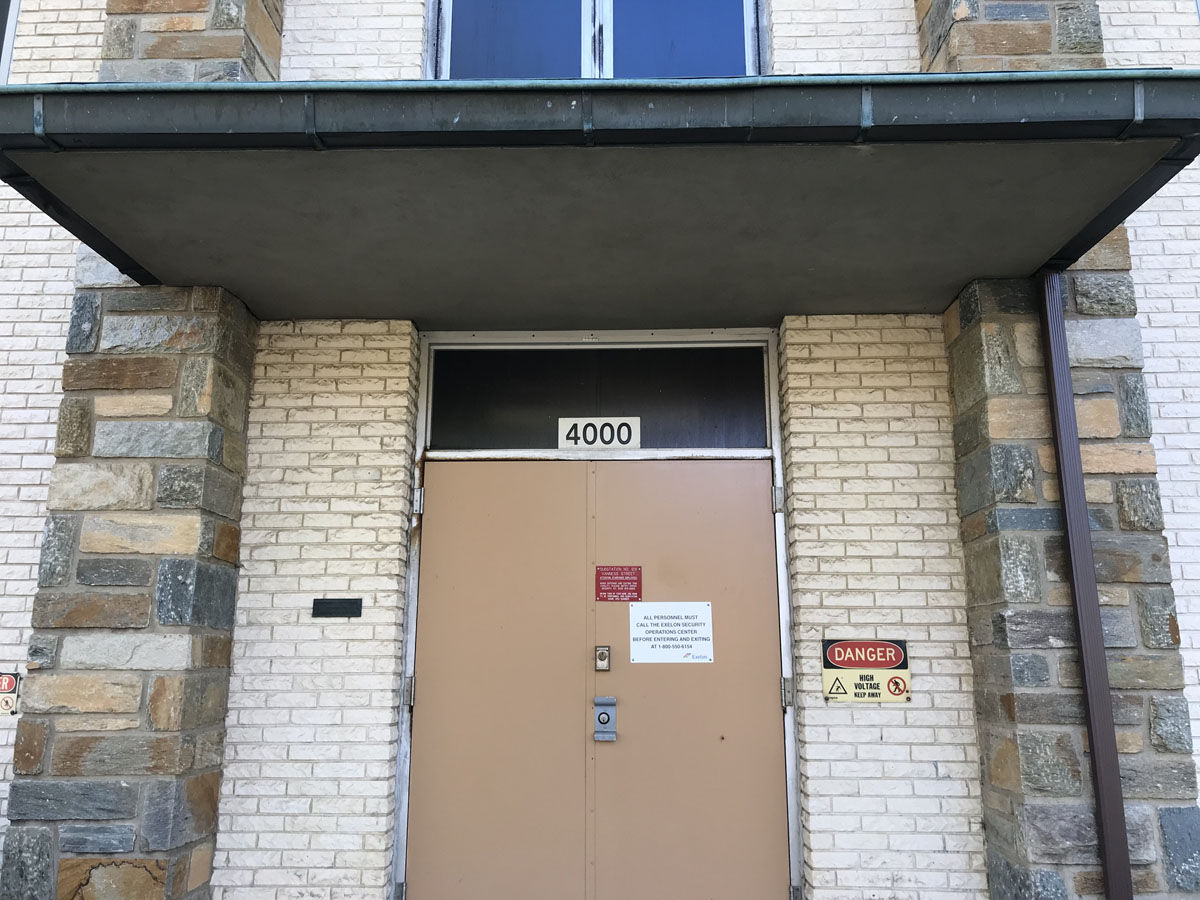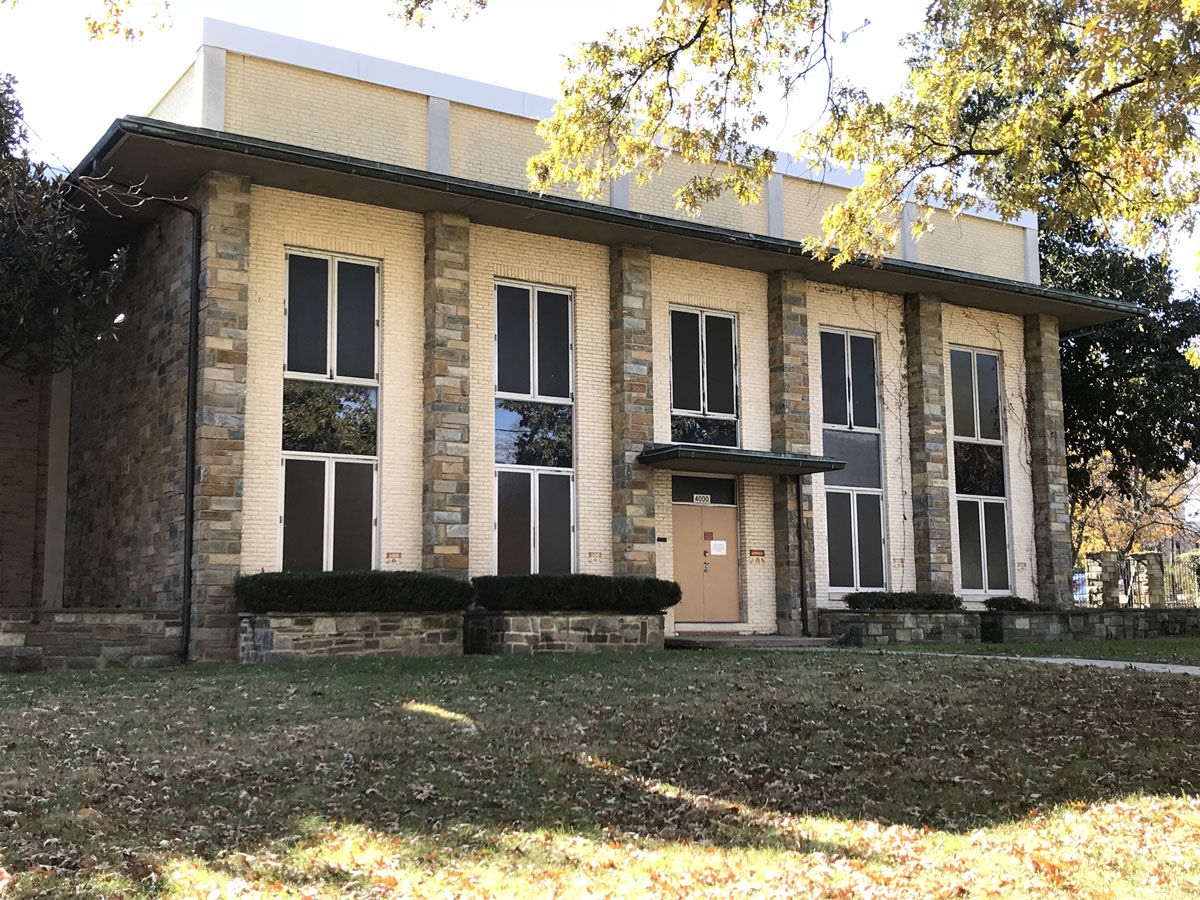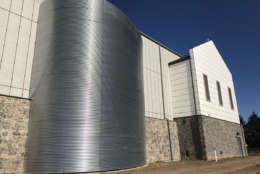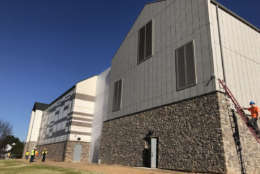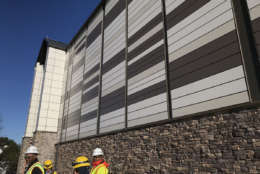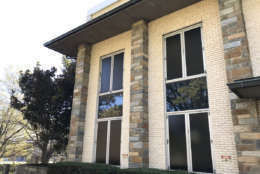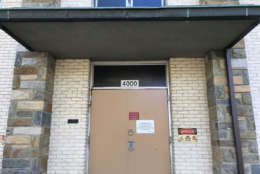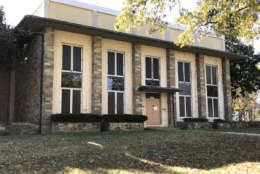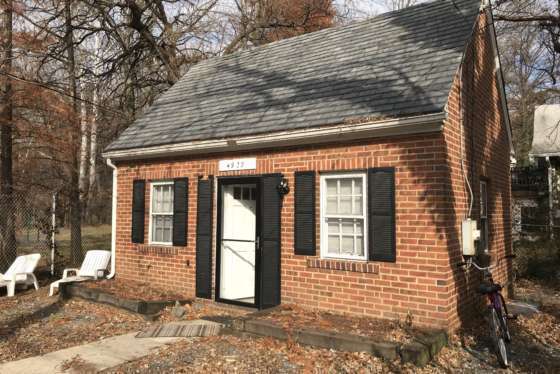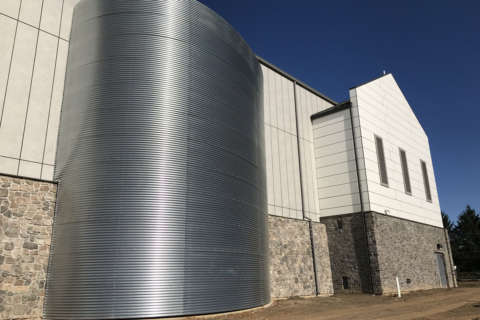
Note: This is part two of a three-part series this week called “Plug Life: The Story of Pepco Buildings.” Look for Part III on Thursday.
WASHINGTON — Residents all need electricity, but no one wants to live near an ugly power company building. Power providers also want to keep their equipment safe and secure. For those reasons, Pepco has been disguising its power substations so they can hide right under the noses of local residents.
In D.C.’s Tenleytown area, on Van Ness Street off Wisconsin Avenue, there’s a big building with a well-kept lawn.
“As you can see, these bushes are trimmed,” noted Pepco’s Linda Pao, a substation engineer.
It looks like a library or a building where a dentist’s office might be. But get close to what look like windows, and you can’t see through them. It’s a substation that was built in 1964 and specifically designed to blend in with the mix of commercial buildings and homes nearby.
“It doesn’t really stand out as something that the power company owns,” said Pepco spokesman Marcus Beal.
One of Pepco’s oldest substations is also in Northwest D.C., at the corner of Harvard Street and Sherman Avenue. It has a disjointed look, because numerous additions were made to it. But the design of the original part, built in 1907, might remind you of an old train station.
Meanwhile, a new substation is under construction on Riffle Ford Road in Gaithersburg, Maryland, and it’s a first of its kind for Pepco. That’s because it’s being created to look like a massive barn.
“This area of Montgomery County is a more rural area, and there are some existing farms in the area not too far from this location,” said senior project manager Will Ollison.
The building features beautiful stonework on its facade, an appealing security fence and what looks like a gleaming silver silo on one side. Behind the charming facade lies concrete, steel and lots of equipment. There are three transformers inside, with room for a fourth.
In addition to good looks, Pepco said the substation will improve reliability for nearby customers once it is completely up and running in about a year.
“People even stop by and say how pleased they are with the look,” Ollison added.
